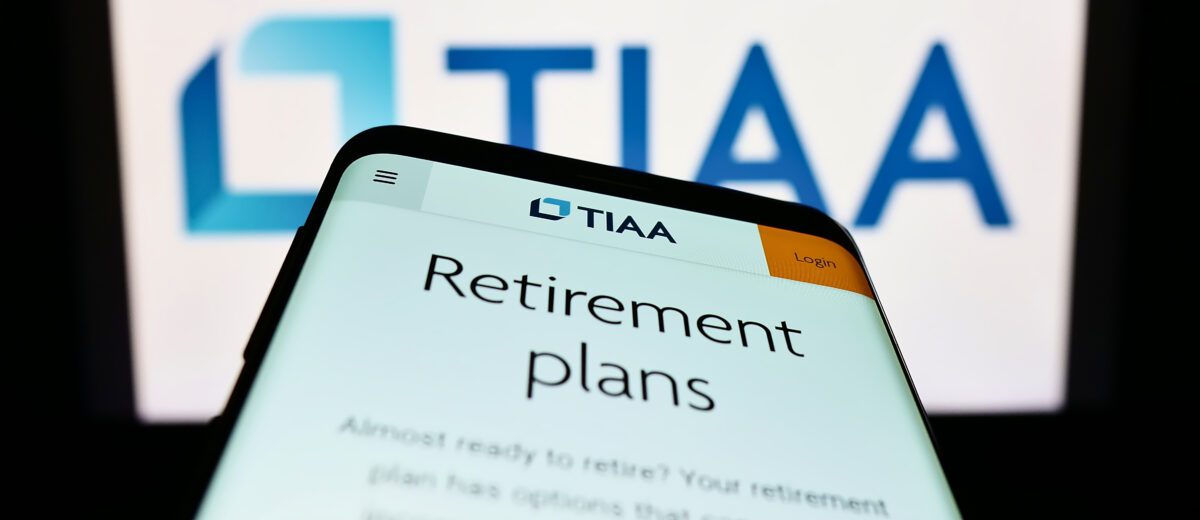Understanding Your UMS Retirement: Navigating TIAA and Your Options
The University of Maine System (UMS) retirement plan presents a range of choices that can be challenging to navigate. This post scratches the surface on the key aspects of the UMS retirement plan, focusing on TIAA and your investment decisions.
TIAA: The Core of Your Retirement Plan
The UMS retirement plan is referred to as a ‘Defined Contribution’ plan. Unlike an old-fashioned pension plan, employees are left in charge of making sure they have enough money to retire. Decisions around how much to contribute and how to invest remain solely in the lap of the employee. UMS selected TIAA as its sole retirement plan provider in 2013.
Another company, CAPTRUST, acts as a fiduciary for the University of Maine System. They help UMS to work with TIAA and to select and oversee the plan’s investments.
Major features of the plan include:
Basic 403(b) and 401(a) Plans: These foundational plans provide employer matching contributions, and participation is typically mandatory for most employees. Whether employer contributions go into a 403(b) or a 401(a) plan depends largely on whether the employee is Faculty, Professional, or Classified
Voluntary 403(b) and 457(b) Plans: These allow for supplemental voluntary contributions beyond the basic plans. The decision between 403(b) and 457(b) depends on your access needs to your funds while employed and after leaving UMS. Carefully weigh the tax implications and withdrawal restrictions of each option. Pre-tax and ‘Roth’ contributions are additional choices employees have when making contributions to these plans.
There are currently 34 investment options in these plans (4 of which do not accept new contributions), plus a ‘brokerage window’ which allows employees to choose from over 1,000 mutual funds. While there is significant opportunity to diversify among many areas of the market, two of the investment choices are very unique to TIAA:
TIAA Traditional: This is a ‘fixed annuity’, paying a rate of interest with principal guaranteed by TIAA. Understanding your contract’s specifics, including its guaranteed minimum interest rate and its liquidity features, is crucial for making informed decisions. The interest credited to your TIAA Traditional account depends on your contract type and the timing of your contributions (“vintages”). In voluntary contracts, this is a liquid investment but in the basic 403(b) and 401(a) plans, there are restrictions on how much and how you can distribute your money, either in cash or to other investment options. These restrictions vary by contract type.
TIAA Real Estate: Unlike traditional REIT (Real Estate Investment Trust) funds, TIAA Real Estate takes a unique approach. Instead of investing in real estate companies, it directly invests a significant portion of its assets (75-85%) in real estate or real estate-related properties. This kind of direct investment in Real Estate is often out of reach for normal investors because of large minimums and lack of liquidity. The TIAA Real Estate strategy provides several key benefits:
- Diversification – Geographic diversification across property types and lease terms helps reduce risk.
- Potentially lower volatility – Real estate’s performance often differs from stocks and bonds, potentially creating a more stable portfolio.
- Liquidity – Despite the underlying asset being real estate, TIAA Real Estate offers a degree of liquidity, making it easier to access your funds compared to direct real estate ownership. The fund also includes a percentage (15-25%) of liquid investments, further improving access to your funds.
Important Note:
This is for informational purposes only. The UMS retirement plan and TIAA’s products are complex. It’s essential to contact the UMS Employee Benefits Center at (207) 973-3383 or seek advice from a qualified financial advisor for personalized guidance tailored to your circumstances and financial goals.



